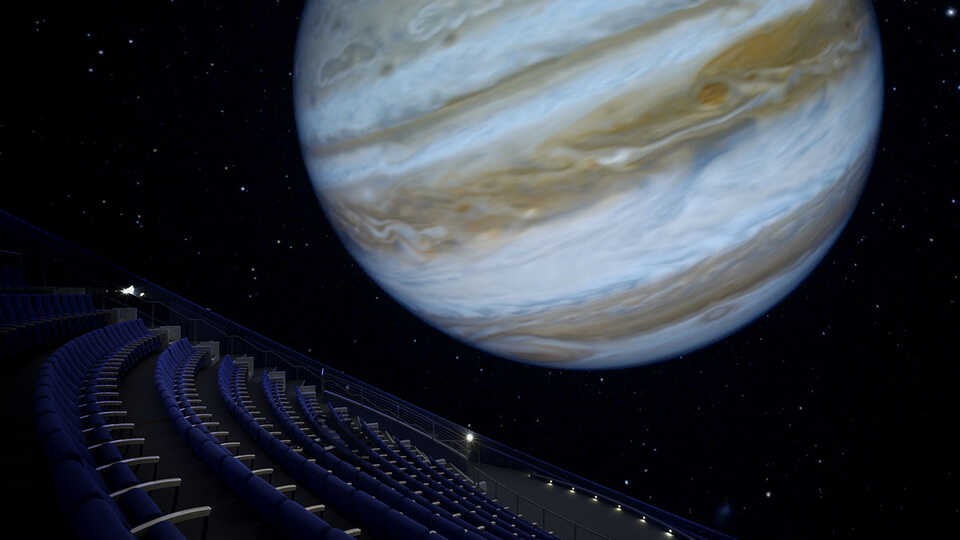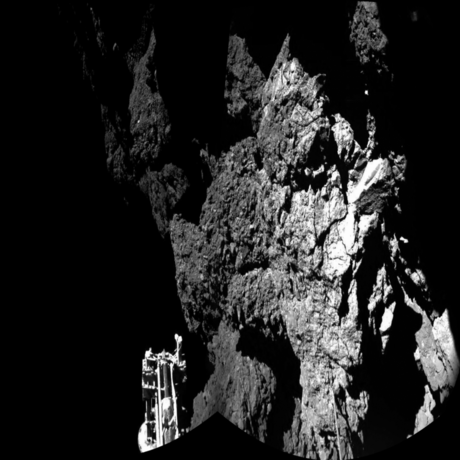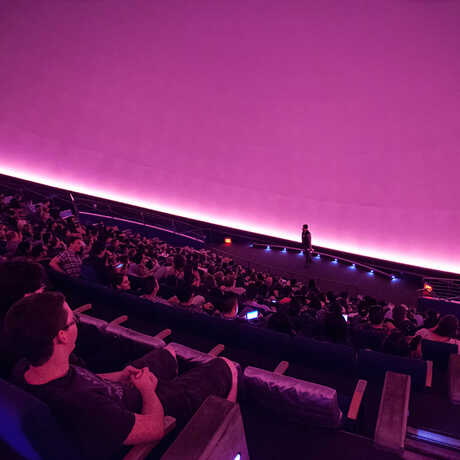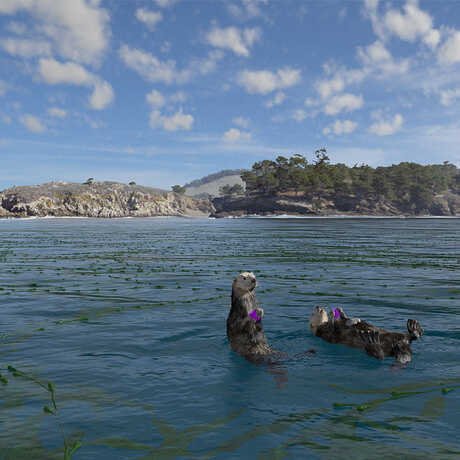Yes, absolutely, I think there’s a good chance that there’s life elsewhere in the Solar System. Whether it shares a genetic heritage with us or not, I won’t hazard to guess. But if and when we find it, it will likely be microbial. Or, in the case of exploration on Mars, it might be dead.
Either way, there’s a very good chance that the fundamental process of life has at least started elsewhere in the galaxy. When you start to multiply that by the number of stars and planets that we know about, the idea that there’s some form of microbial life out there seems an almost certain bet.




